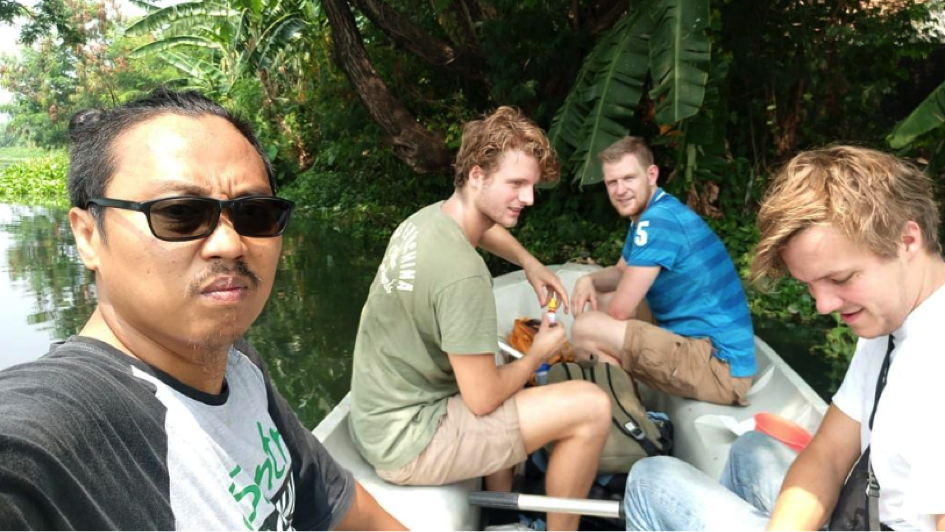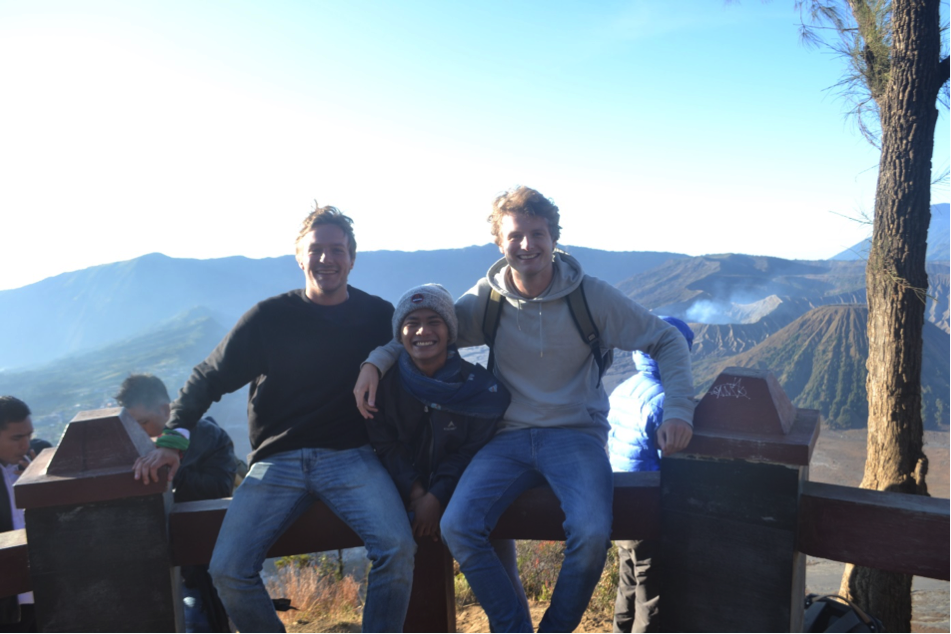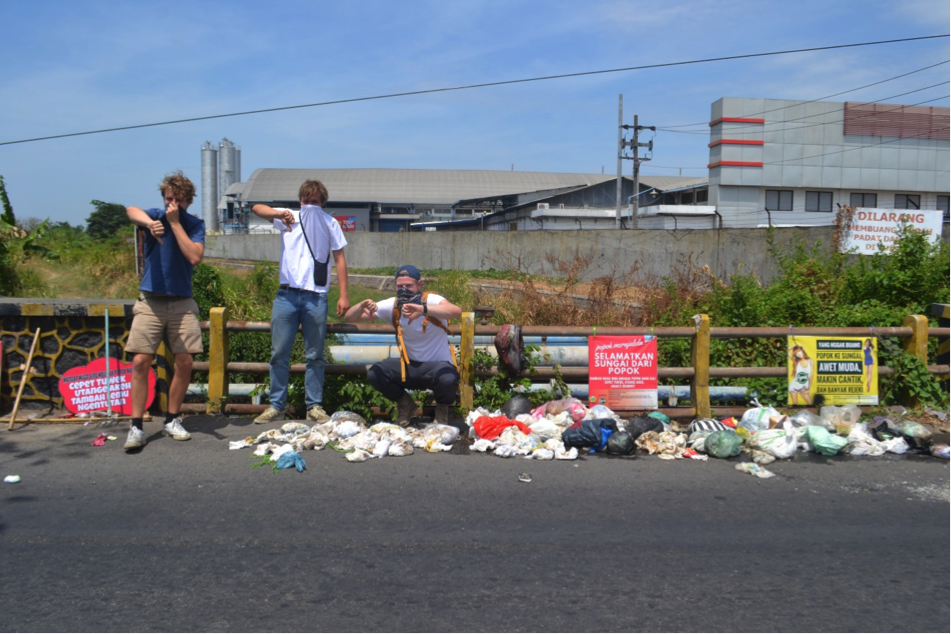Water quality of the Surabaya River
In the months September and October, we (Tom Lamers & Ferdinand Holzhaus) went to the city of Surabaya in Indonesia to examine the water quality of the Surabaya River. The river is an important part of the second largest city in Indonesia. Many inhabitants rely on the river. Before our arrival, it became clear that the water of the Surabaya river was polluted and our goal was to improve the quality of the river somehow.
Subsequently, we investigated the cause and effect of the deterioration of water quality. The polluted water came mainly from agriculture, industrial wastewater and domestic wastewater. All the polluted water flows into the city of Surabaya and through many villages. This unhygienic water causes diseases, harms the environment and causes a less comfortable daily handling. In the first week, we saw a lot of the city and the river. The use of the river, the maintenance and we had many meetings with locals, experts and (measurement) institutions. One of the first findings was that the main goal in the past was to handle only the large amount of water. The focus on water quality was not a priority. From there on, we created two main goals for the Surabaya River project. The first goal was to develop a new method of measuring. The second goal was to gain insight into how the water management system is regulated in the region.
For the first goal, we tried to come up with a measuring method that gives more context to the water quality changes instead of just how good or bad the water quality was at a specific location on a particular time. We came up with three new methods: location-based measurements, time-based measurements and industry-based measurements. The location-based measurements were done by sailing down the river and measure every second. The time-based measurements were made over a 72-hour time frame at one location. The industry-based measurements were made at six different industries and at the point where the branch meets the Surabaya River. The five factories are scattered across the river. At each plant, upstream, downstream and the effluent was measured.
The new measuring methods gave a clear overview of the water quality of the river. It showed the deterioration of the water quality over the length of the river. For example, the water quality dropped at outlet points of industries and is less likely to recondition when coming closer into the suburbs of Surabaya.
For the second goal, we had many interviews with different organisations. There are three key organisations: Jasa Tirta, Environmental Protection Agencies and River Basin Territories Organizations. All the organisations are willing to improve the water quality, but they have insufficient resources like human resources, money and equipment.
In the end, it was an exceptional experience. We learned a lot about working outside of Europe, the culture of Java and the problems regarding the polluted river water. We want to thank everybody that helped with our thesis. In particular, we would like to thank our friends from ECOTON. ECOTON were our accompanists at Indonesia. They are a non-government organisation with a primary purpose to improve the Surabaya River. They showed us the ins and outs of the river, Surabaya and the Indonesian culture.
Tom Lamers and Ferdinand Holzhaus


